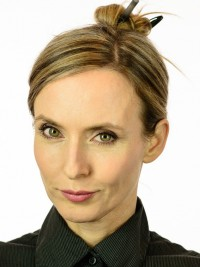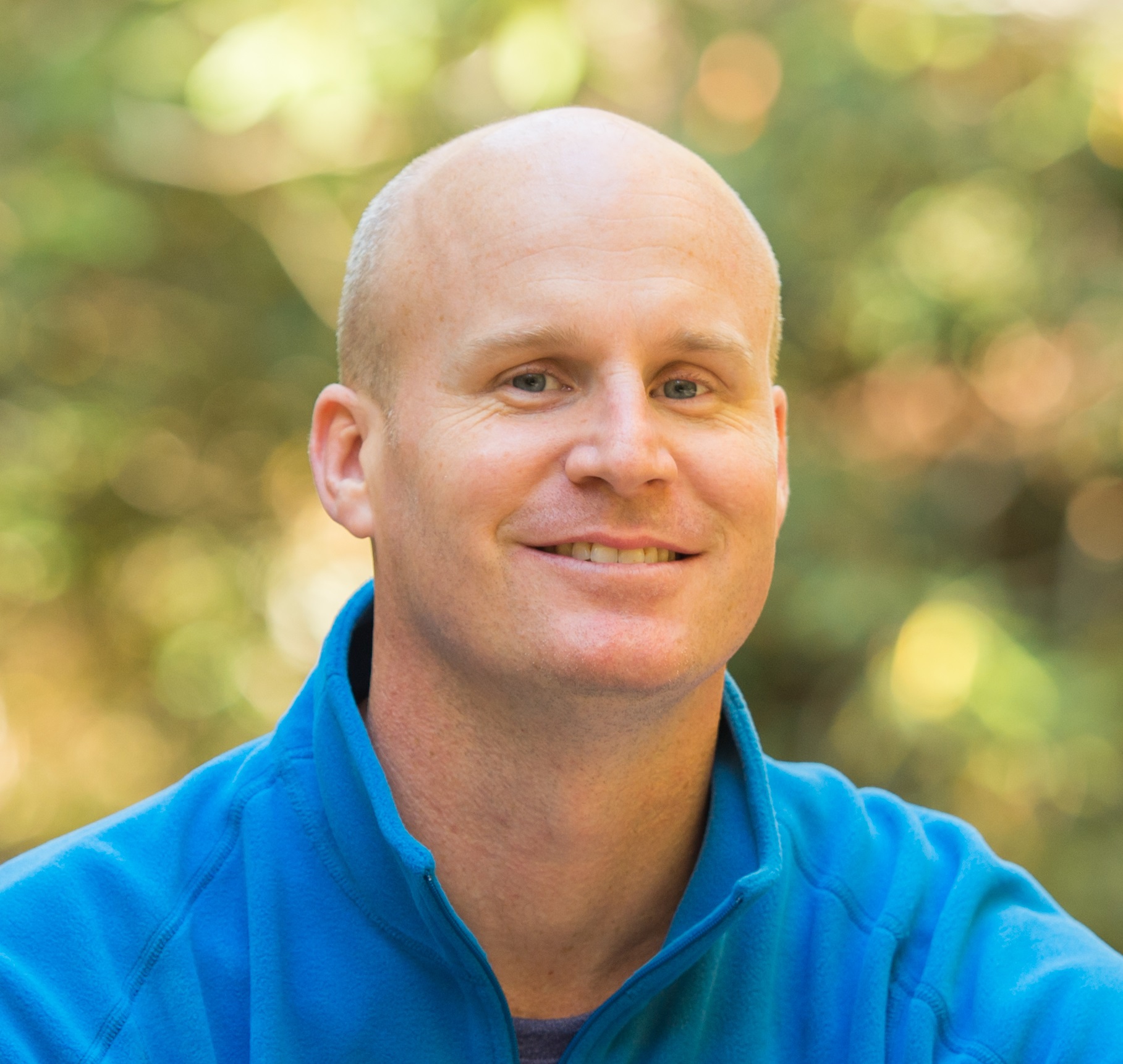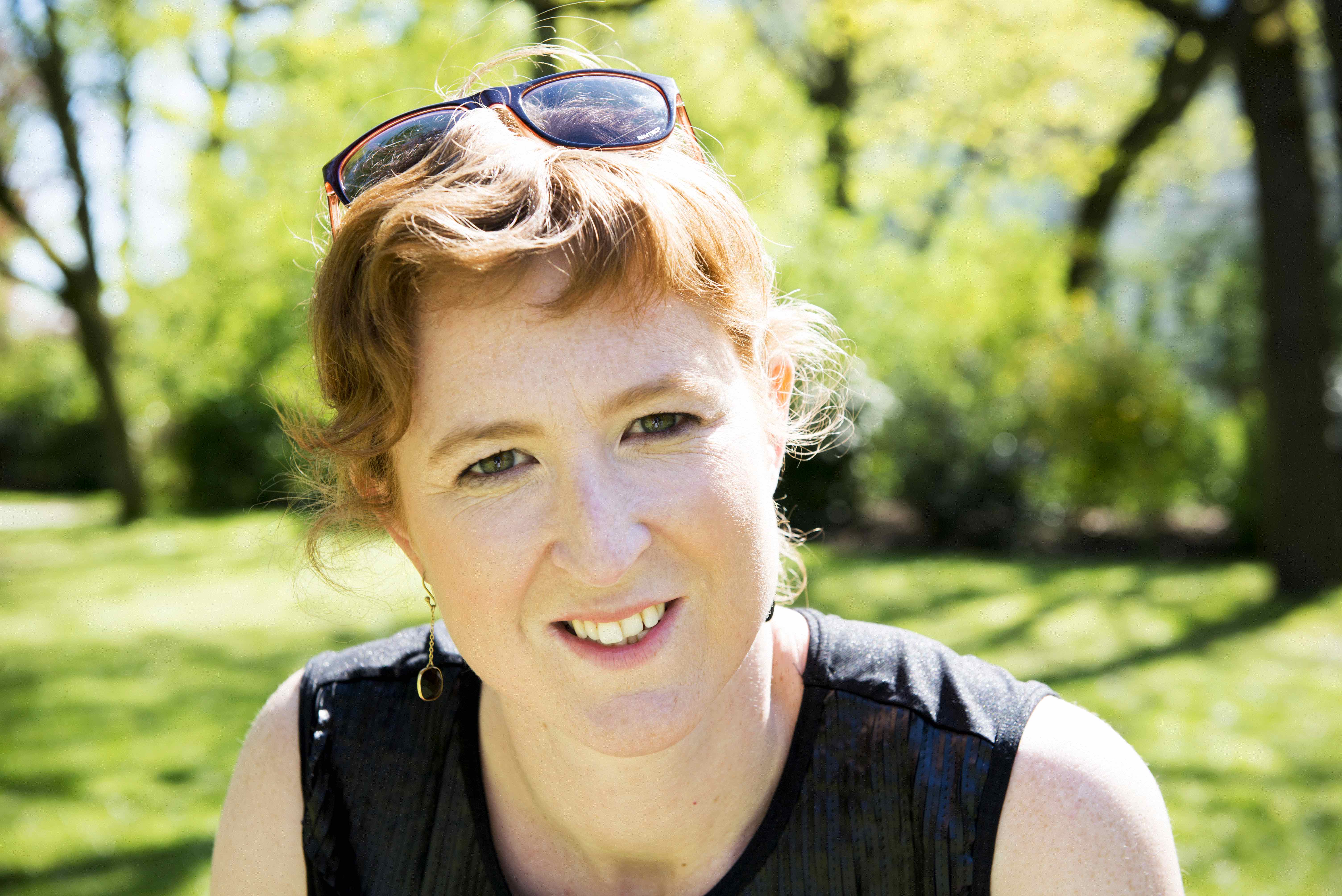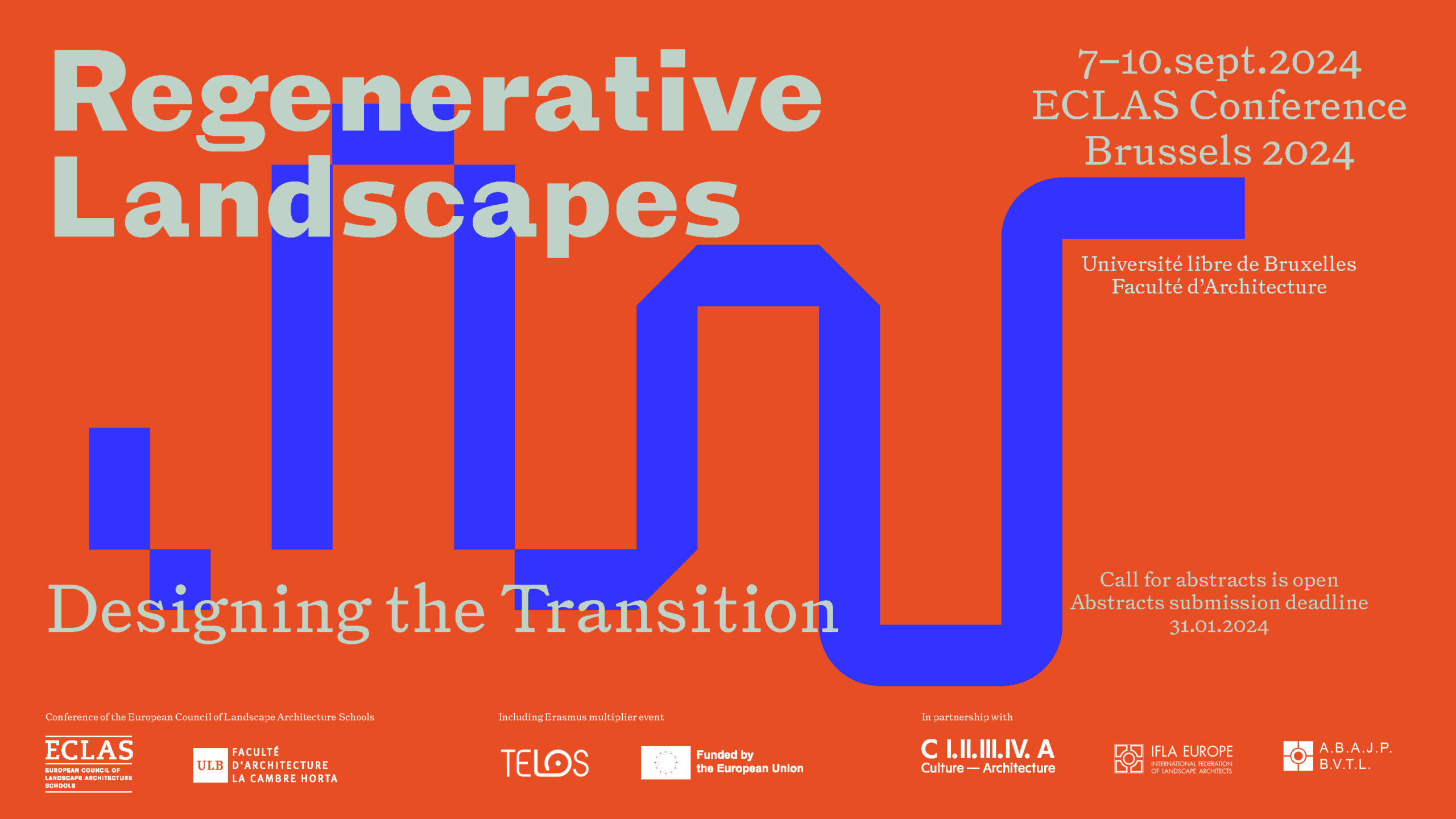Keynote Speakers
Natalie Jeremijenko

In 2014 VIDA Art and Artificial Life International Awards Pioneer Prize was awarded to Natalie Jeremijenko “for her consistently brilliant portfolio of work over the past two decades.” Awarded the 2013 Most Innovative People, named of the most influential women in technology 2011, one of the inaugural top young innovators by MIT Technology Review and 40 most influential designers Jeremijenko directs the Environmental Health Clinic, and is an Associate Professor in the Visual Art Department, NYU and affiliated with the Computer Science Dept and Environmental Studies program. Previously she was on the Visual Arts faculty at UCSD, Faculty of Engineering at Yale University, a visiting professor at Royal College of Art in London, a Distinguished Visiting Professor in the Public Understanding of Science at Michigan State University, and a Visiting Global Distinguished Professor at the NYU College of Arts and Sciences. Her degrees are in biochemistry, engineering, neuroscience and History and Philosophy of Science.
Matthew Powers

Re-aligning the Roots of Thought
Improving design teaching requires re-aligning it with a few key learning concepts including problem-based learning, self-regulated learning, and design learning. By putting these three concepts into context with design teaching, educators are able to connect their pedagogies with what the research says about how people actually learn. In doing so, design educators are able to optimize the studio environment and project for enhanced student engagement, ownership, relevancy, and, as a result, greater learning outcomes and achievement. In this keynote presentation, Dr. Matt Powers provides a research-based framework that design educators can use to create meaningful learning events in their studios.
Peter Swyngedauw

‘Over de rand’
a plea for the landscape architect as a chief architect
Spatial policy in Flanders is in desperate need of revision. The systematical absorption and further fragmentation of space needs to be restrained. But that alone will not suffice. There is a need for a clear vision which defragments the country, scales down the footprint of the built structures and strengthens the existing urban cores. We will have to collectively live more urban. The transformation of the periphery holds the key to transform our cities into resilient and durable environments that are deemed attractive by young families. The challenge of this necessary transformation does not lie in a continued building or asphalting of surfaces, but in the green and permeable. The landscape takes the stage. Green-blue networks have to reconquer terrain and provide guidelines to structure the built environment, in order to ensure fresh air and cooling. To create livable environment the leading framework for urban development should start from the landscape. ‘Over de Rand’ is not an ideological dream of tabula rasa but is a call for the landscape architect to take up responsibility and start drawing out the lines for infrastructure, new buildings and circular economy. Let’s work together to design a ‘landscape 3.0’.
Peter Swyngedauw is a landscape architect and spatial planner and has been project manager at OMGEVING since 2003. His career is marked by a constant drive for innovation and improvement. In addition to a pure design attitude, Peter is also highly interested in organizing planning processes for complex assignments. He shares his fascination for the profession by being present on many juries and by acting as a guest lecturer in many courses concerning public space.
Bas Smets

Augmented Landscapes
In Search of the Resilience of the Territory
Since cities have become metropolises, urbanization has become planetary. The landscape is no longer outside this urbanization, but becomes an essential part of the metropolitan project. With a world population in excess of 7.5 billion, half of whom live in metropolises, with the loss of natural habitats becoming irreversible and humanity still unable to estimate the impacts of climate change, it is time to redefine the ambition of the landscape project.
Bas Smets has a background in landscape architecture, civil engineering and architecture. He founded his office in Brussels in 2007 and has since constructed projects in more than 12 countries with his team of 17 architects and landscape architects.
Starting from a precise reading of the existing land, his projects reveal a landscape, visible but yet unseen. These projects vary in scale from territorial visions to infrastructural landscapes, from large parks to private gardens, from city centres to film sets. He often teams up with architects, artists, and scientists. His realised projects include the 10 hectare park of Thurn & Taxis in Brussels, the park of the Estonian National Museum in Tartu, the Himara Waterfront in Albania, the landscape along the new motorway between the ports of Antwerp and Zeebruges, the rooftop garden of the PMQ Design Centre in Hong Kong, the Sunken Garden in London, and the memorial for the victims of the attacks in Brussels of 22/3.
In 2008 he was awarded the biennial French prize for young landscape architects “Les Nouveaux Albums des Jeunes Architectes et des Paysagistes”. In 2013-2014 a first monographic exhibition of his projects was co-produced by the International Arts Campus deSingel in Antwerp and the Arc en Rêve centre for architecture in Bordeaux, and in 2016 he curated the exhibition “The Invention of Landscape” at the Bozar in Brussels. He was appointed General Commissioner for the Biennial of Architecture of Bordeaux in 2017.
Elke Rogge

Get all your ducks in a row!
The potential of Systems Thinking in the design of landscapes of conflict
By Elke Rogge, Jeroen De Waegemaeker, Eva Kerselaers, Fleur Marchand, Lies Messely, Elke Vanempten, Anna Verhoeve
Driving through Flanders’ highly urbanised landscape you will be surprised (or shocked) by the mishmash of various land-uses that create one major fragmented landscape. You will find a complex and diffuse pattern of houses, industrial areas, commercial zones, transport infrastructures, farmland, horticulture, recreational areas and nature. By its very nature, this very fragmented territory represents multiple landscapes of conflict; conflicts of various types, between different actors, and on multiple scales.
When designers are given the challenging task of working in landscapes of conflict they need guidance to approach this socio-spatial situation not only in a systematic but also in a systemic way. Throughout this contribution we explore the possibilities of using a Systems Thinking approach in the organisation, planning and design of a complex peri-urban landscape such as Flanders. By using Systems Thinking we not only need to get our ducks in a row but also in a cyclical and systems perspective. It provokes to look for interactions, feedback mechanisms and loops between different parts of the system in order to get a deeper understanding of the functioning of these complex landscapes of conflict.
We will apply this Systems Thinking approach to two real-life examples of designing in and for these fragmented peri-urban landscapes. First of all, we will briefly explore the potential of the concept of agricultural parks in highly urbanised territories such as Flanders. Secondly, we will dig deeper into the concept of agricultural climate buffers. Finally, we conclude with a call to (co-)imagine, (co-)design and co-create.
Elke Rogge graduated as a geographer at Ghent University in 2001. After making an Ph.D. on landscape perception and participation she started working at the social sciences unit of ILVO. Since 2009 she was the coordinator of the rural development research unit at ILVO. Between 2013 and 2016 she was an associated professor at the geography department of Ghent University. In 2016 she became the scientific director of rural development unit at ILVO. Her research mainly focusses on spatial transformations and participation within spatial planning processes in rural areas.
Piet Chielens

The men and women who planted trees*
25 years of “Landscapes of Conflict in Landscapes in conflict”, in the former front area of the First World War in Belgium.
From the early 1990s he started with the help of a few others combining the history of the First World War and its commemoration with the present landscape where that history had occurred and/or where it is remembered in various ways to this day. These were humble beginnings, like creating commemorative concerts in situ. But the idea stuck and grew. Today the In Flanders Fields Museum, one of the largest museums dedicated to WW1 in Europe, uses the present day war landscape as a major mediator between the historical content of the museum and its wide international public, and it invests in the ‘museum’ that is the war landscape itself. This keynote presentation describes the path that was and is followed and presents some of the difficulties and results that were met.
*with thanks to Jean Giono: The man who planted trees (1954)
Piet Chielens is a director of the In Flanders Fields Museum (IFFM) in Ypres (Belgium). From 1992 to 2007 he was also artistic director of Peaceconcerts Passendale which created annually international concerts about the shared heritage of WW1.
Since 1996 he has been general co-ordinator of IFFM, which was redeveloped in 2012 to international acclaim. With the small team of the museum he is looking for a constant renewal of the memory of the Great War in Flanders.
Special attention is given to the ways in which micro (personal, family) and macro (cultures, nations, the world) history can be linked.
As an institute with a large historical collection and specialized knowledge, the IFFM also sees an important role for artistic interpretations of our attitudes and concerns about war and peace.
Peter Vandenabeele

Conflict driven development.
Five tips and tricks.
Conflict is an essential element of any process of urban development. Building professionals, government administrations, individual residents and social or institutional organisations use, build and develop the existing city. This according to different views and opinions, with public goals or private opportunities in mind. A conflicting setting indeed. The installation of a “Stadsbouwmeester” (city architect) helps in directing opposing interests in order to generate urban qualities. Five tips and tricks in order to steer conflict for urban development.
Peter Vanden Abeele (° 1979) is an architect, urban designer and recognized spatial planner. At the end of 2017 he was appointed as the first City Government Architect of Ghent. Previously he worked as a scientific researcher in the field of regional and urban development. He was project manager for urban development projects in Antwerp and worked for four years as a city planning advisor for the City Government Architect of Antwerp. He also worked as a freelance urban designer and was co-founder of a design agency. Since 2005 he has been teaching in the field of urban design at the University of Ghent, with in between assignments for Sint-Lucas College for Architecture and the Academy for Architecture and Urban Planning Tilburg. As an expert, he works in various urban advisory bodies, worked at various exhibitions and regularly writes about architecture and urban planning.
